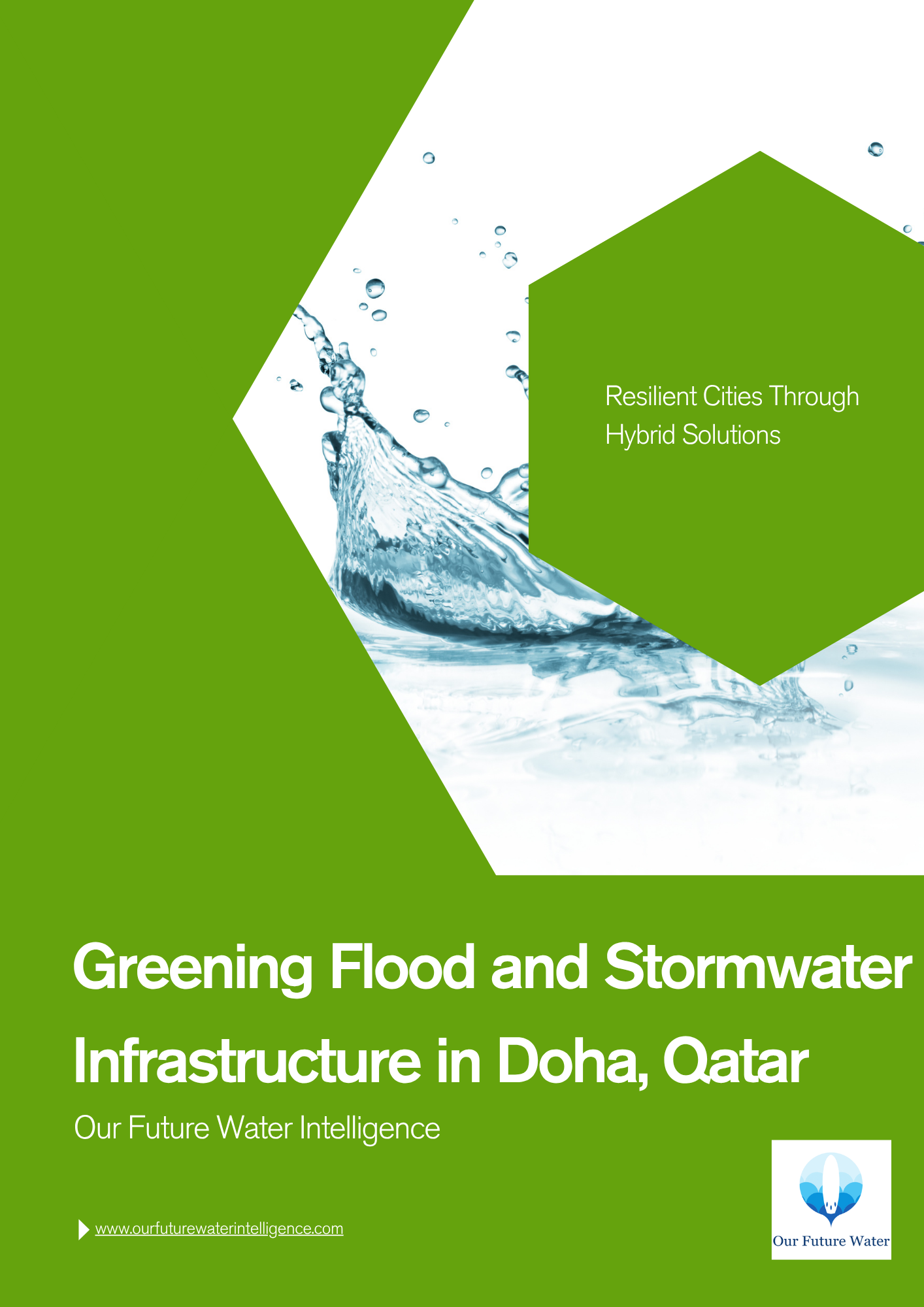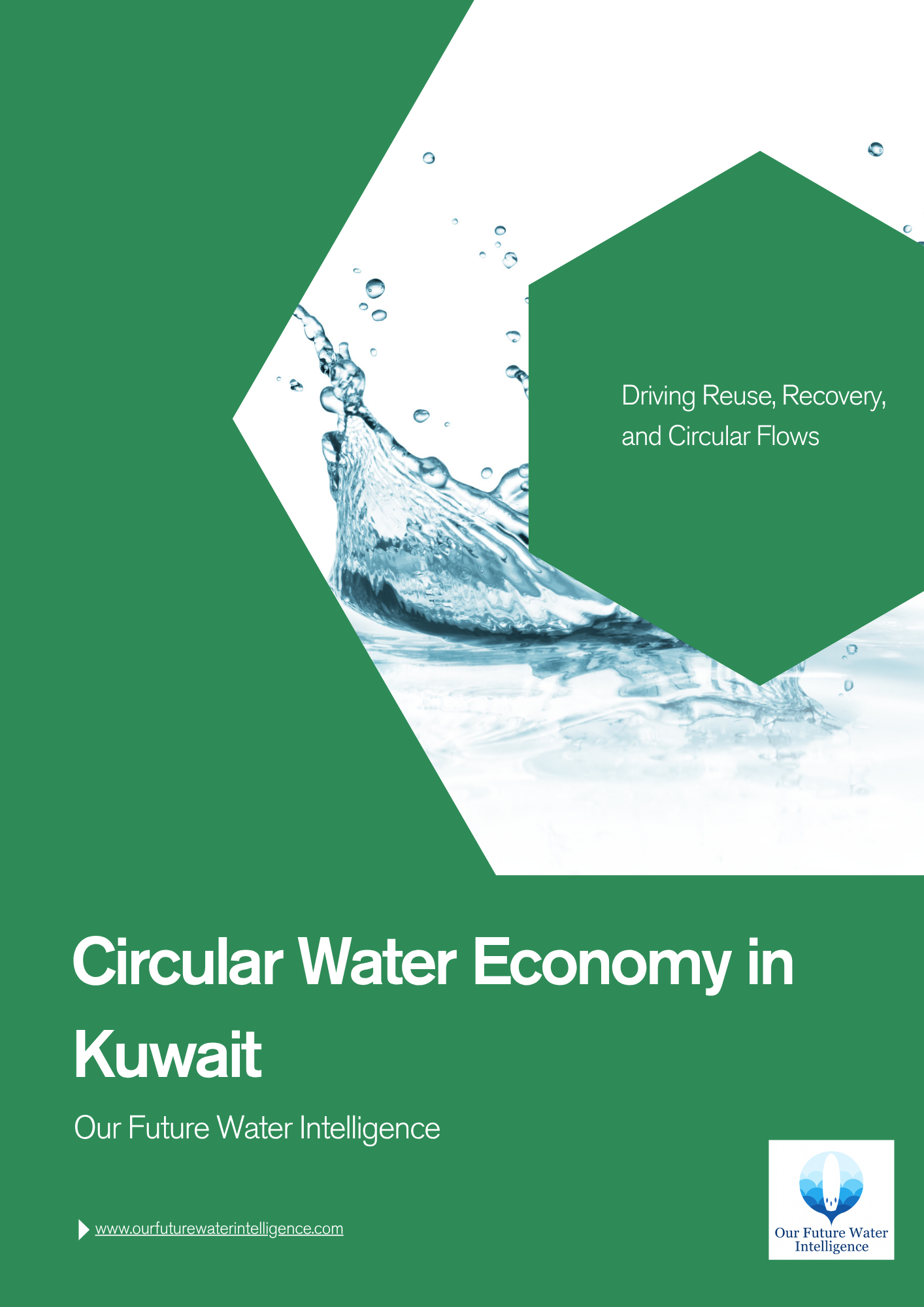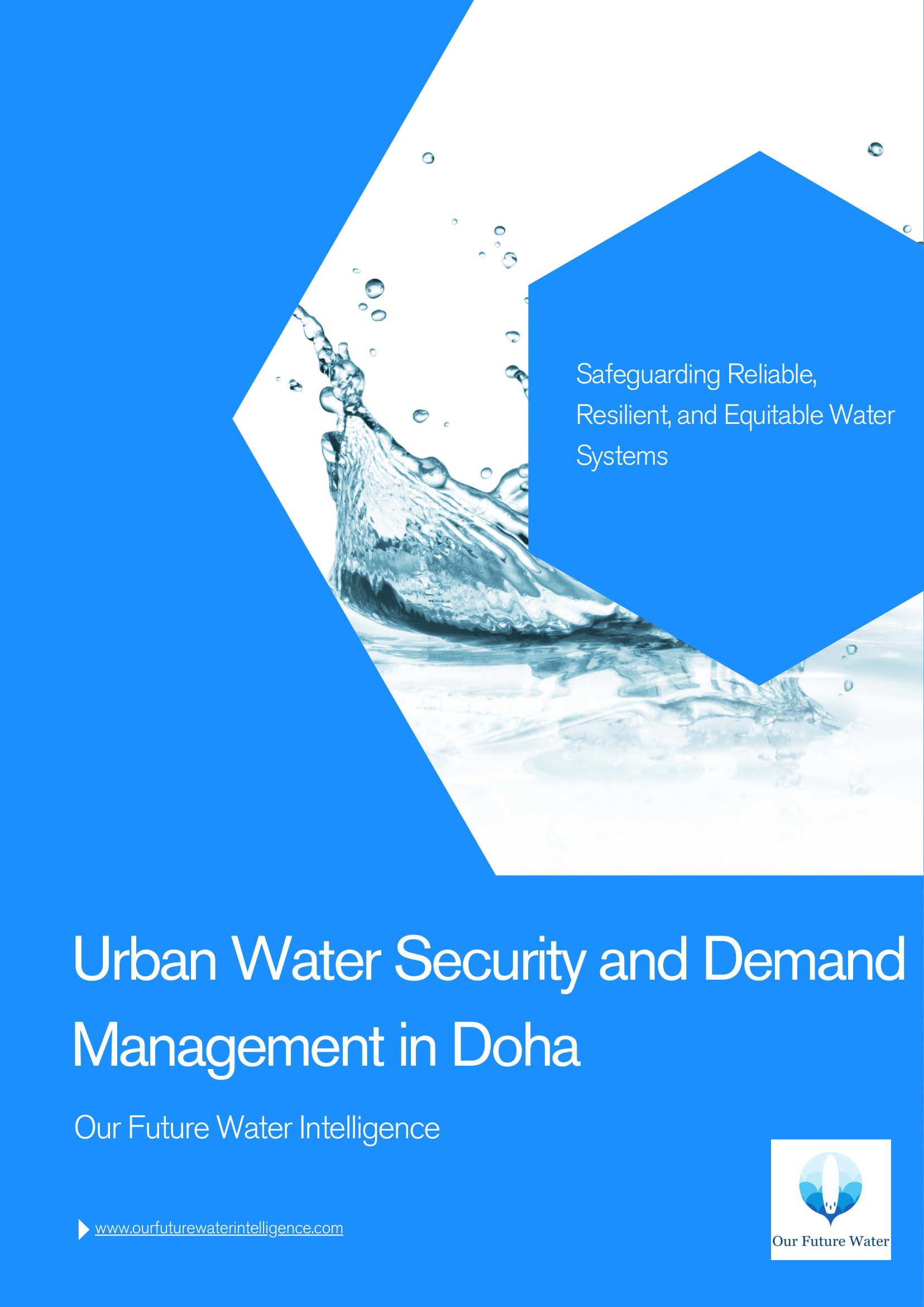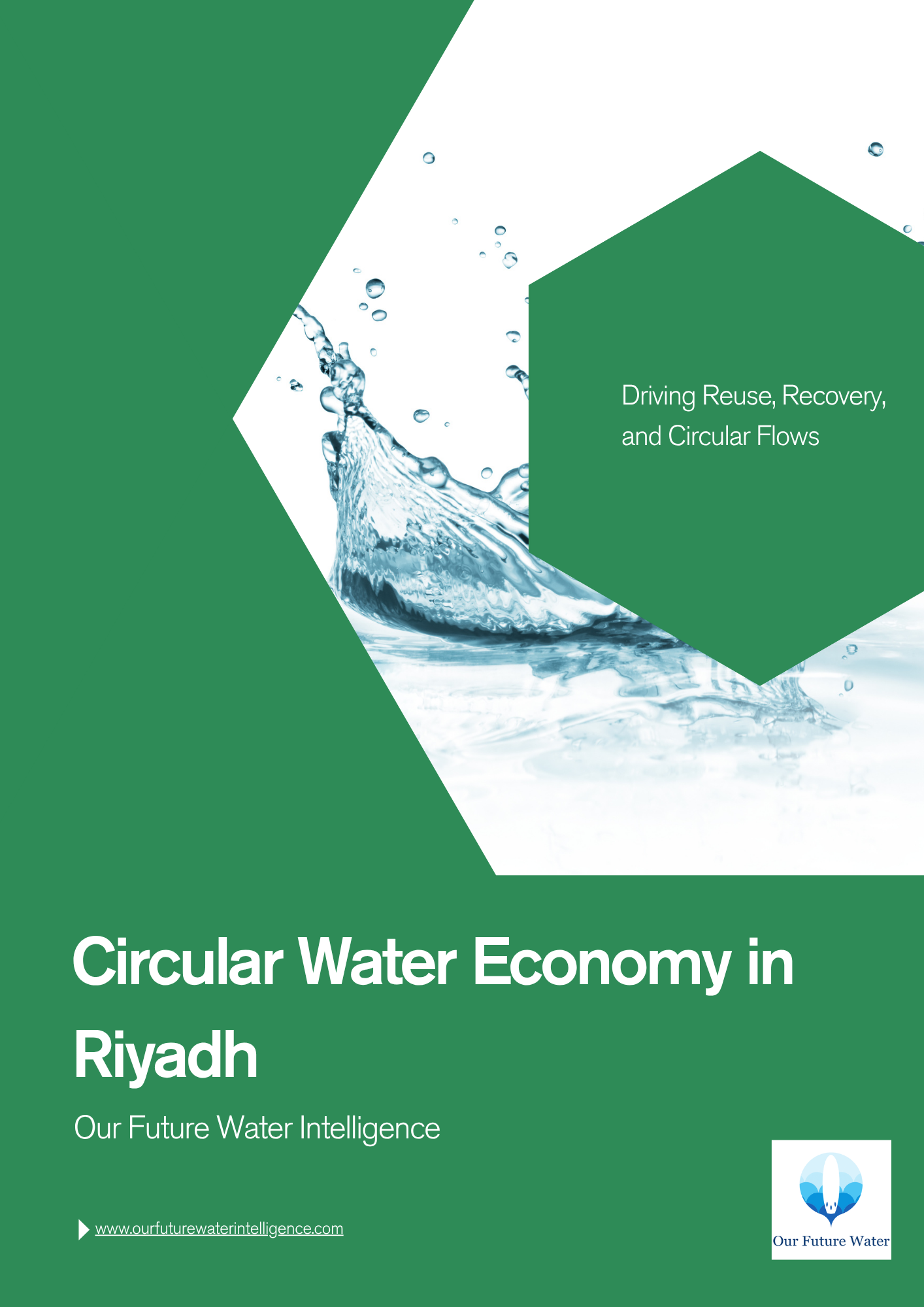Greening Flood and Stormwater Infrastructure in Doha, Qatar | Building Climate-Ready Urban Resilience
The Greening Flood and Stormwater Infrastructure in Doha, Qatar report offers a concise yet comprehensive profile of Qatar’s evolving stormwater management system, equipping decision-makers with actionable insights into one of the Gulf’s fastest-growing cities under climate stress.
Doha faces intensifying flood risks despite its arid desert climate, as extreme rainfall events increasingly overwhelm traditional grey drainage systems. This report explores the city’s vulnerability to storms, coastal surges, and urban runoff while evaluating the strengths and limitations of grey-only approaches such as the Musaimeer Pumping Station and Outfall Tunnel. It underscores the urgent need to integrate green infrastructure—including bioswales, permeable pavements, and urban wetlands—into future flood resilience strategies.
Key Insights
Understand Doha’s Hydrological Challenge
Short, intense rainfall events in Doha cause flash flooding despite low annual precipitation. Limited natural infiltration and rapid urbanization compound runoff, heightening pressure on existing stormwater systems.
Examine Existing Grey Infrastructure
The Musaimeer Pumping Station and Outfall Tunnel form the backbone of Doha’s current drainage network, yet their capacity remains constrained under extreme weather scenarios, emphasizing the need for diversified flood management strategies.
Explore Hybrid Green–Grey Solutions
Doha is advancing integrated approaches aligned with the Qatar National Vision 2030 and national sustainability frameworks. Hybrid green–grey systems—such as bioswales, urban wetlands, and permeable pavements—are increasingly recognized as critical to reducing runoff and improving resilience.
Review Institutional Roles and Policy Instruments
Ashghal’s capital investment program and KAHRAMAA’s conservation initiatives are driving institutional coordination and policy alignment for integrated flood and water management, embedding resilience into infrastructure planning.
Learn About Financing and Governance Innovation
Emerging models such as Public–Private Partnerships (PPPs), stormwater credit trading, and green bond issuance are creating new avenues for financing large-scale resilience projects, diversifying funding beyond traditional public expenditure.
Analyze Pilot and Circular Initiatives
Examples like the Mesaimeer multifunctional park pilot, treated sewage effluent (TSE) reuse for district cooling, and circular material reuse in tunnel construction showcase Qatar’s progress toward resource efficiency and adaptive infrastructure design.
Identify Pathways for Climate Resilience
Green infrastructure can mitigate urban heat, reduce runoff, and enhance long-term asset sustainability. Integrating nature-based solutions within urban planning supports climate adaptation while delivering co-benefits for biodiversity and livability.
Discover Governance and Design Integration
Doha’s transition toward climate-ready stormwater and flood systems hinges on governance reform, financing innovation, and urban design integration—positioning the city as a regional leader in resilient infrastructure under accelerating climate pressures.
Designed for policymakers, utilities, investors, and consultants, Greening Flood and Stormwater Infrastructure in Doha provides actionable intelligence on the city’s adaptation to intensifying flood risks. Combining verified data with strategic foresight, it offers essential guidance for infrastructure investment, policy alignment, and resilience planning across the Gulf region.




